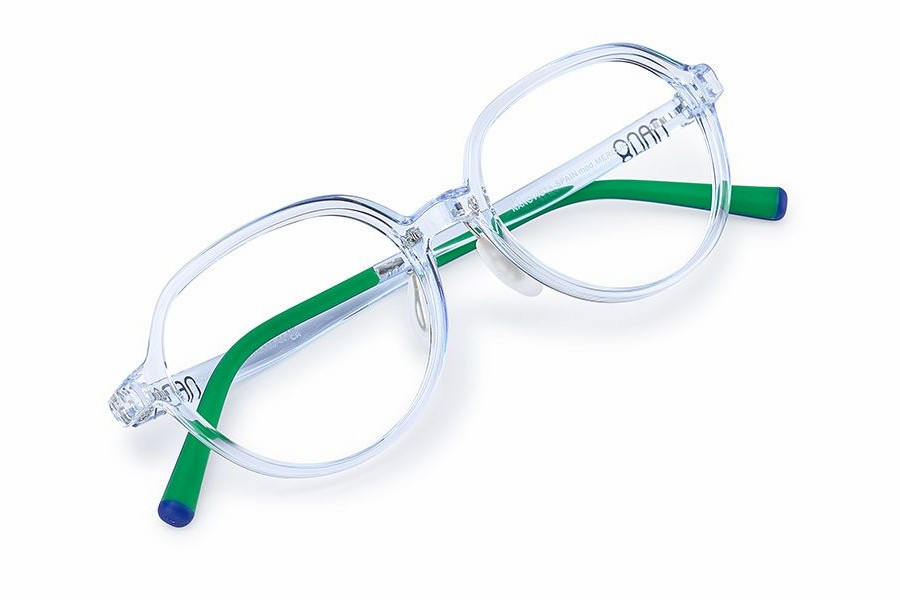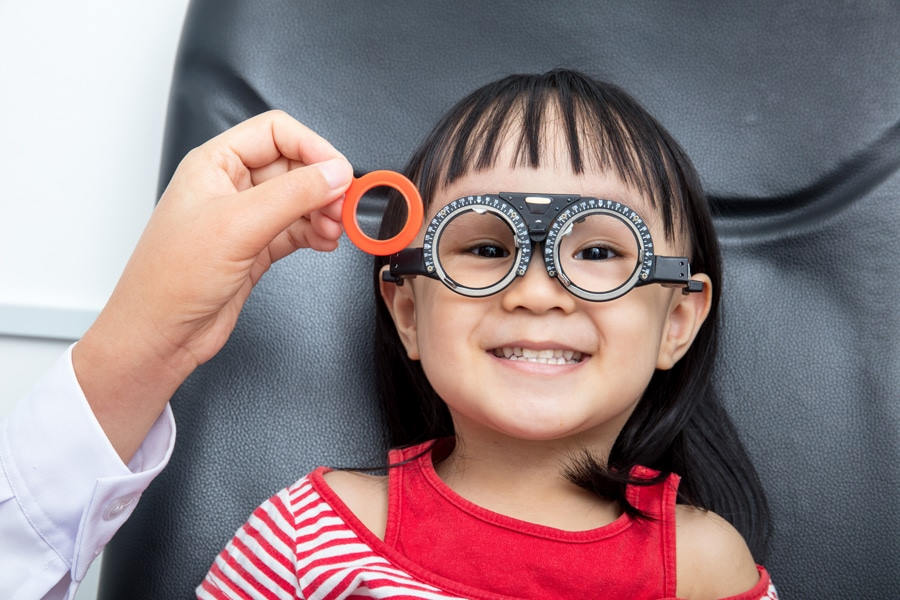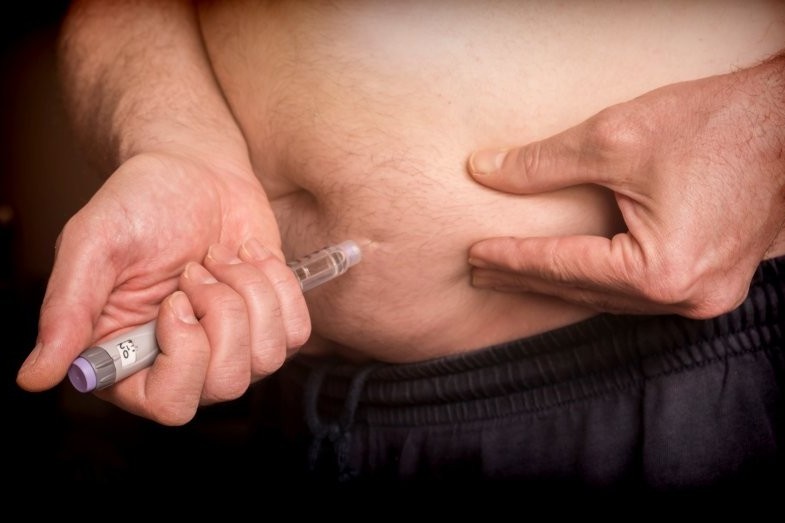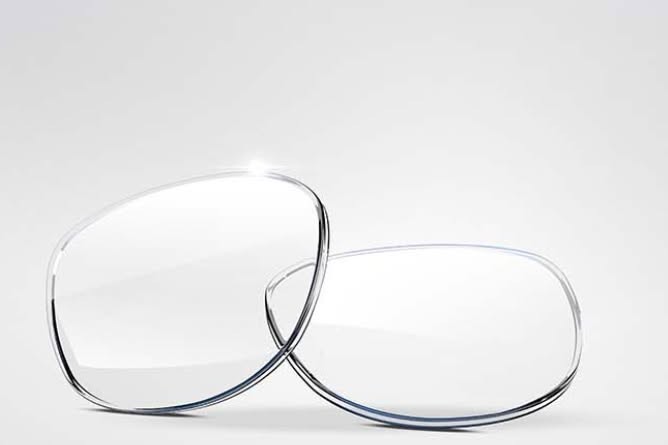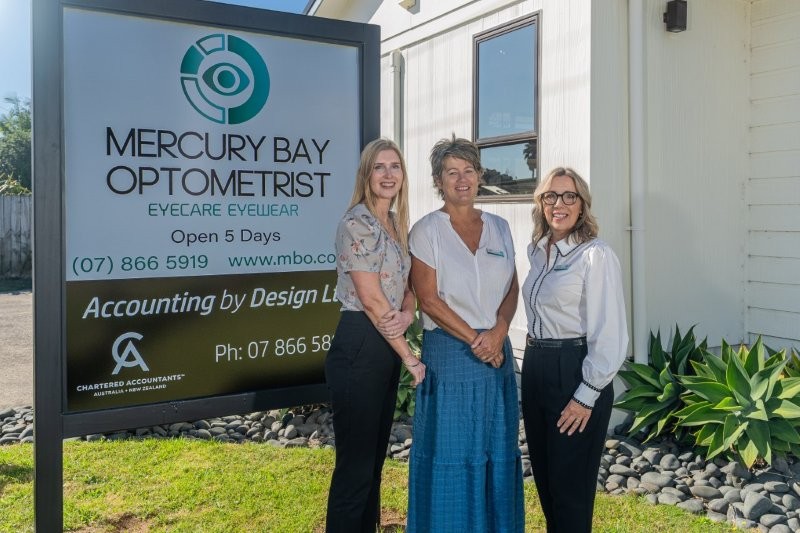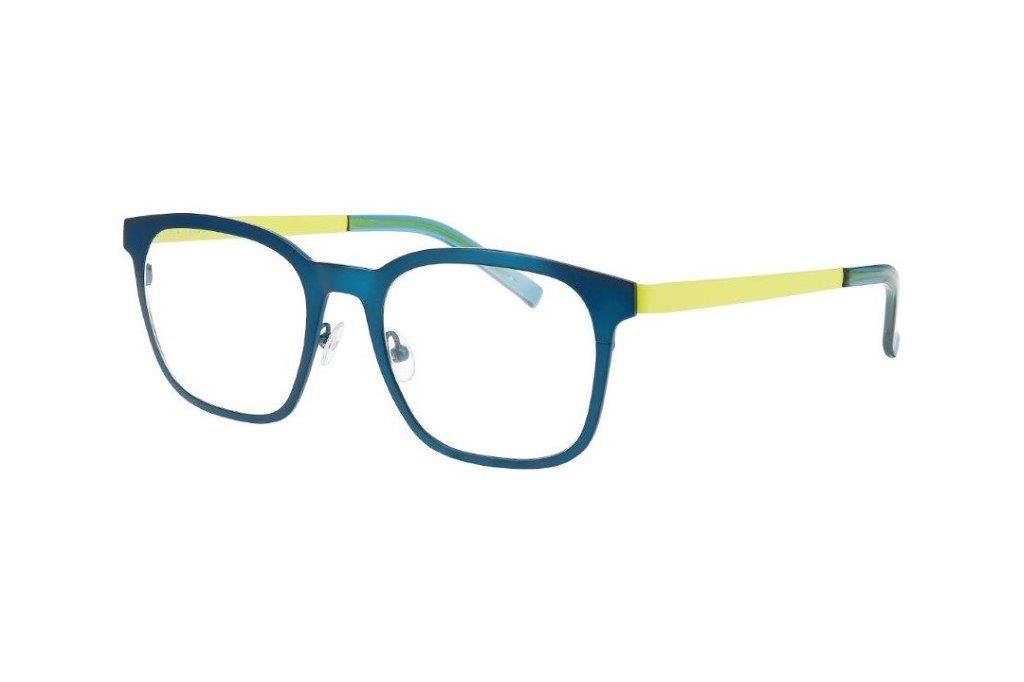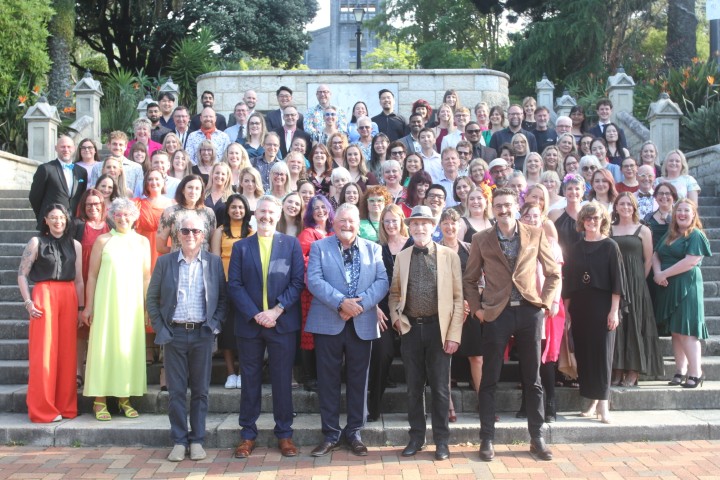Virtual patient practice boosts test results
Students with the School of Optometry and Vision Science (SOVS) at the University of Auckland have improved their real-life assessment test scores by 28% since the introduction of the virtual patient.
Pre-programmed with ocular disorders for students to practice their skills on, the virtual patient’s development was driven by senior lecturer Dr Phil Turnbull. Originally, pre-Covid, the idea had been to develop a virtual patient to enable students to practice techniques outside the lab on conditions they’d normally have limited access to. But given Covid, the project was fast-tracked and broadened to include general as well as rarer disorders, said Dr Turnbull. Today these include visual acuity, pupillary light reflex, motility, cover test, accommodation and direct ophthalmoscopy. It has been a great resource for bouncing between lockdown and in-person teaching, he said. “This year, the part-two optometry students made very active use of it, with about five hours’ total use per day, increasing to a whopping 48 hours in the 24 hours before their first practical assessment.”

Dr Phil Turnbull
The median visit time of five and half minutes is rather short, said Dr Turnbull. But the average visit includes 25 patients at each visit, which is great, he said, considering students don't have enough time to see that many different presentations during lab sessions. “The hope was that the ‘at your convenience’ nature would offer the greatest benefit to those who need it most, and it seems to be working. Performance in the tests included in the virtual patient is on average 28% higher than prior to its inclusion, and no one has failed those tests since.”
The virtual patient is generated with artificial intelligence and has independent eyes with fully reactive pupils, including to light, said Dr Turnbull. In practice mode, the diagnosis is provided after a short delay, while in test mode the answers to each condition must be submitted by the student by way of an encrypted code to avoid cheating.
Dr Turnbull said he’s working on adding more tests and is exploring opportunities for the virtual patient to be used outside the university.










